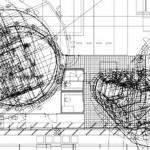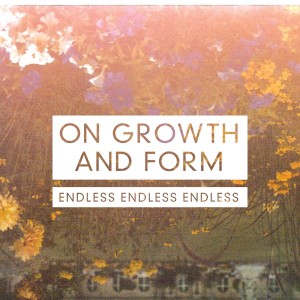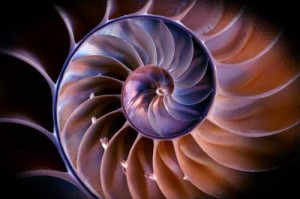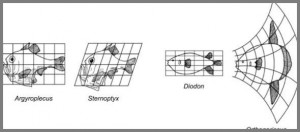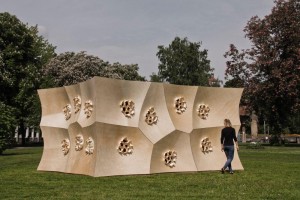Reading text: Toward a Theory of Architecture Machines – Nicholas Negroponte
Case study: Media-TIC, Barcelona – CLOUD 9 Architects
Nicholas Negroponte developed a theoretical framework on the need of machines to facilitate architecture. The “father” of the MIT wrote this article in 1969 where he describes that architects should join a partnership with architecture machines to create efficient architecture. At that time everything was created by hand and he revolutionary thought about the possibilities of machines to be self learning, self improving and adaptive. On the one hand he characterizes the architect as the teacher of the machine, but on the other hand he limits the work of an architect to minimum by suggesting a master machine, which can provide all necessary information to the other machines.
In my opinion machines should always remain tools for humans in order to make their work more efficient but not to do the whole work for them. A machine should support you, not decide for you. I admire his revolutionary thinking of advanced architecture at that time where even personal computers were not introduced but I think he exaggerates the role of a machine. His visionary machines have too much power and cannot be controlled. He portrays the creation of helping machines in a positive way but never describes how they their learning process could be controlled. If they can learn by senses, (see ‘’seeing machine’’) and to self improve, he is no longer talking of producing tools but a completely new race with a master machine as their main head. Architecture will be created on the “assembly line” and every design would be standardized. In that case, do we still talk about architecture? Machines as tools can help us research in terms of energy efficiency and sustainability and contribute to the protection of the environment and help us develop new strategies and materials to preserve our nature.
Take for example the Media-TIC, which was built in Barcelona in 2009 by CLOUD 9 Architects. This is a perfect example of an energy efficient building. Media-TIC was digitally designed and built using CAD-CAM processes (machines as tools). The 38-m high Media-TIC houses a photovoltaic cover on the roof. Rainwater is collected in a tank to cover the circulation of the building’s wastewater. All the facades of Media-TIC differently use the ETFE cladding, which allow savings of up to 20% of cooling costs. Media-TIC prevents the release of 114 tons CO2 into the atmosphere and is able to produce the same amount of electricity generated by 700 photovoltaic captors. The Media-TIC is just an example of sustainable architecture and we are heading the right way to create self-sufficient buildings, which will be the answer of futuristic architecture. The building industry has the biggest potential in being a leader in the energy management field. An architect does not need anything to do the entire work for him; he needs the right tools to make his research, his design and his final product the most efficient to help preserving our nature in order to save our planet.
In a future research I would like to realize how far we could probably go with technology and would it be still safe for us. Is it really possible to create self-learning machines? I am really concerned with the fact that a misuse of such an advanced self-improving machines will end in controlling us. Is this digital-era really helping us to live a better life or is it separating us from the real world? I am also really worried for the younger generation, which will completely lose touch with the reality.
Image: http-//thenextweb.com/wp-content/blogs.dir/1/files/2014/04/human-android


